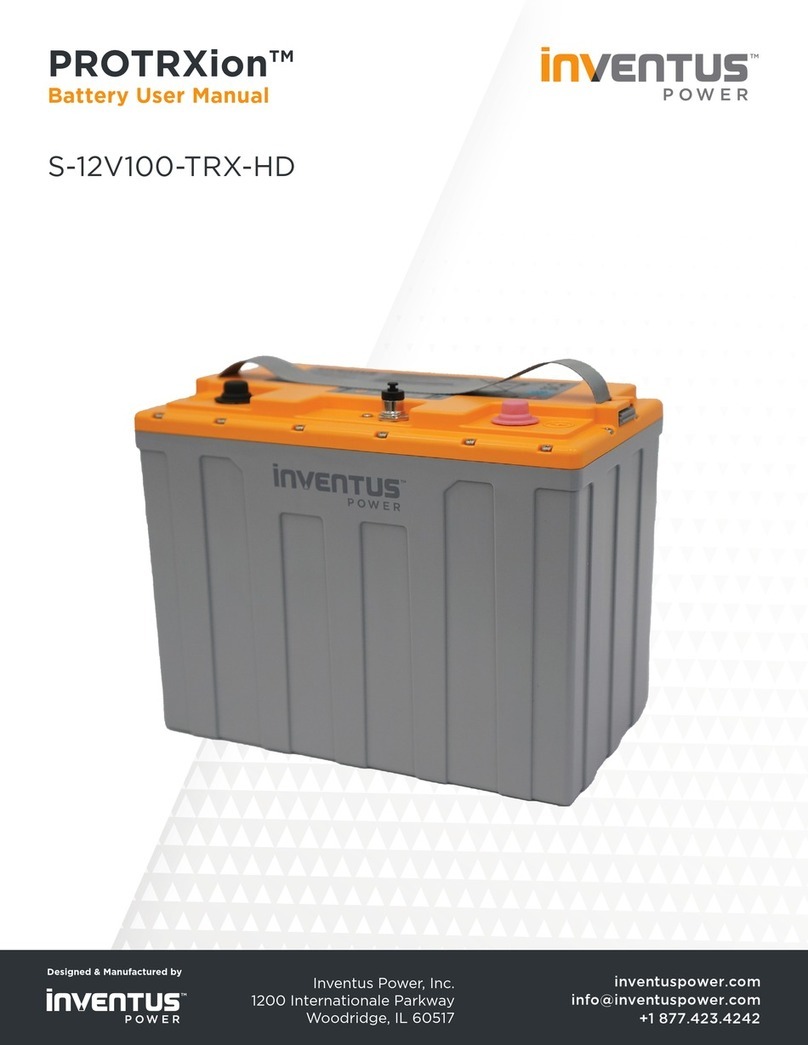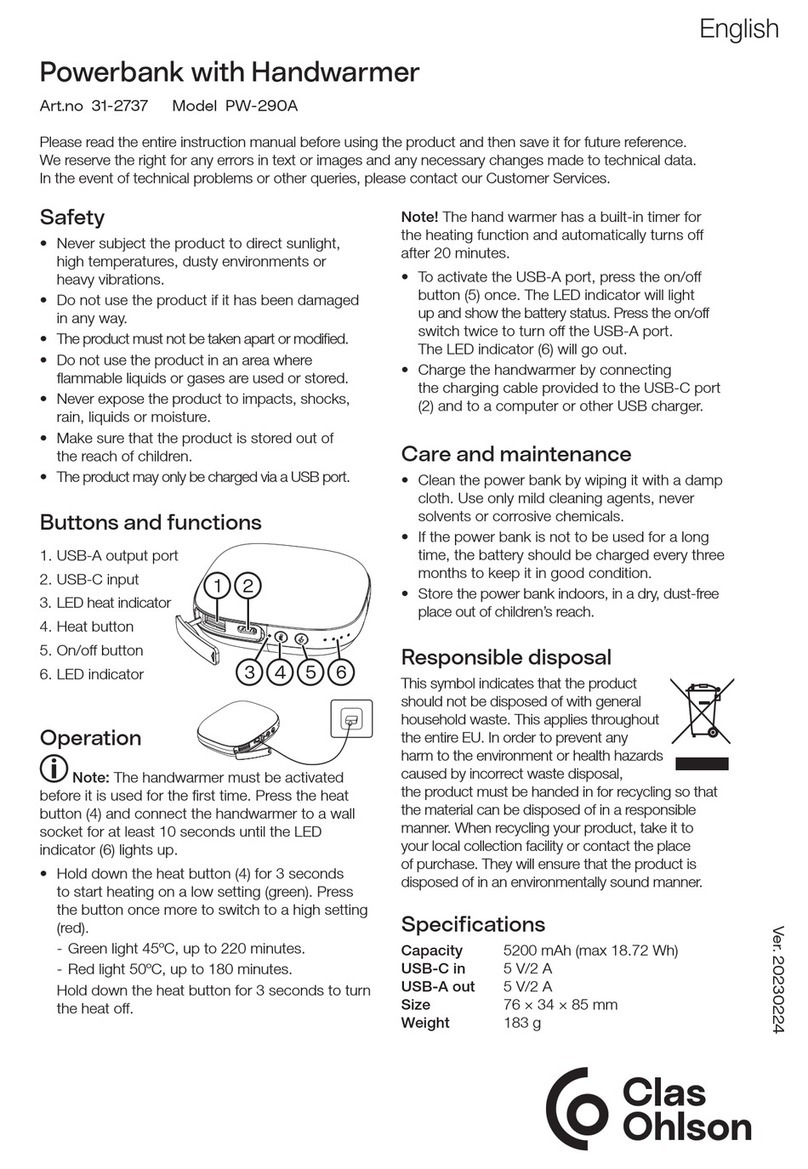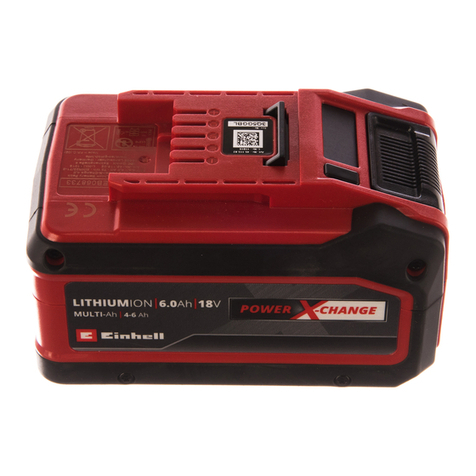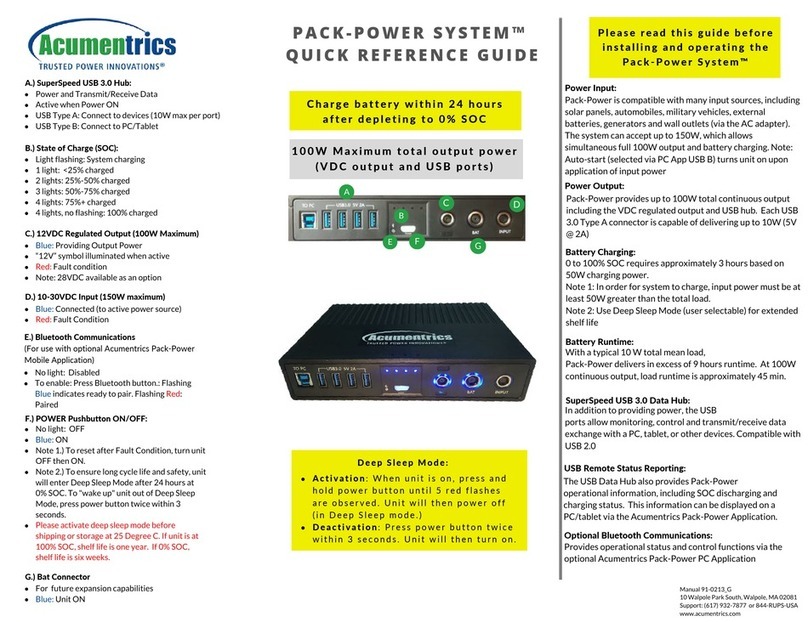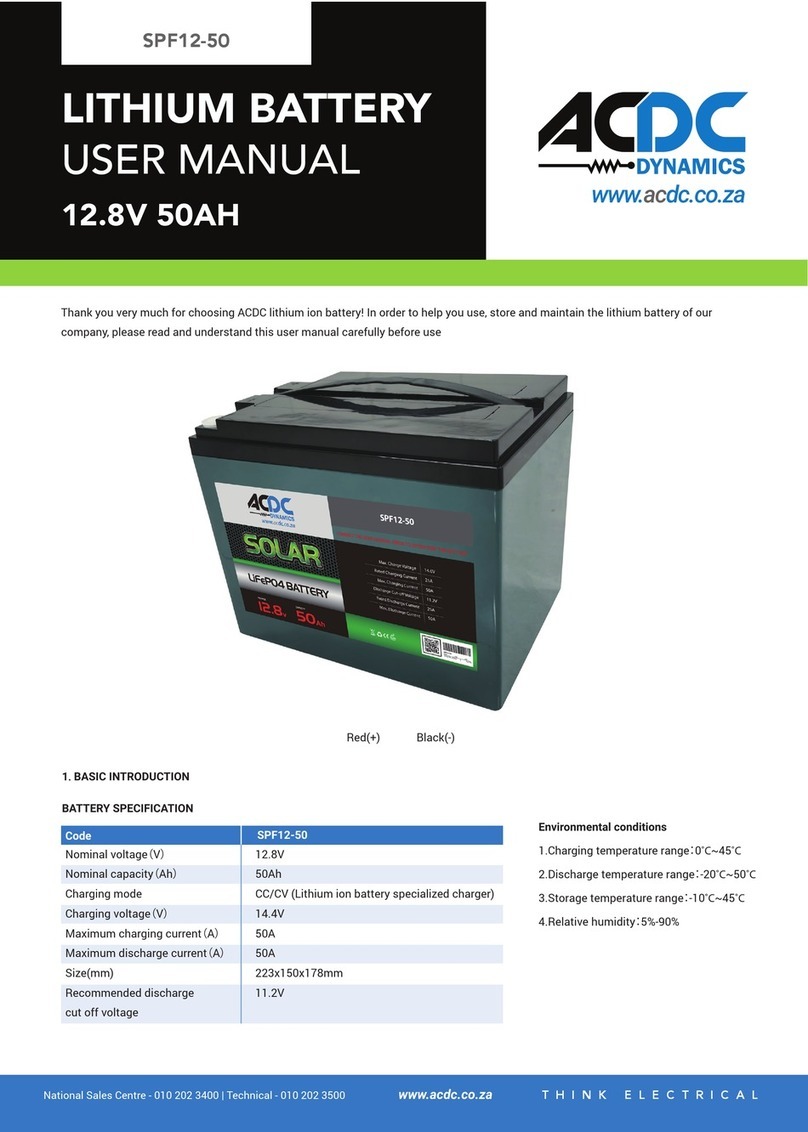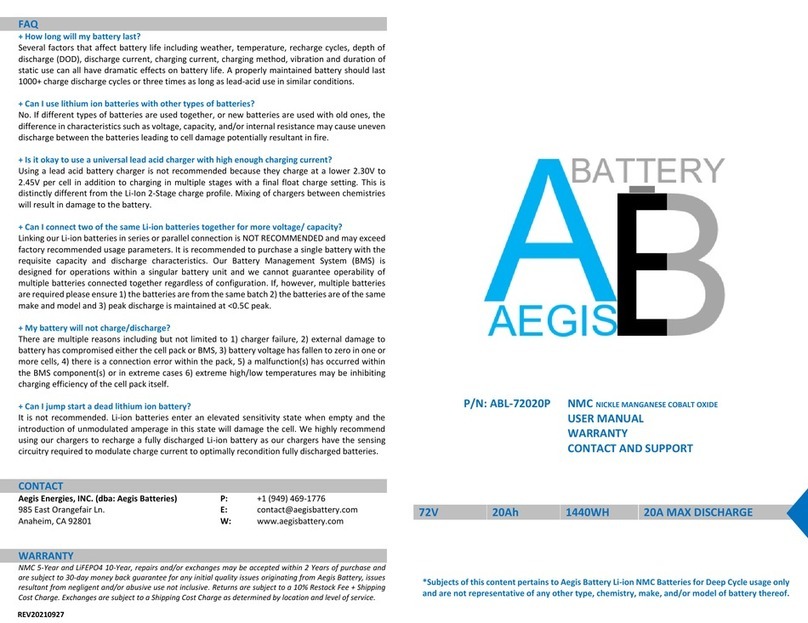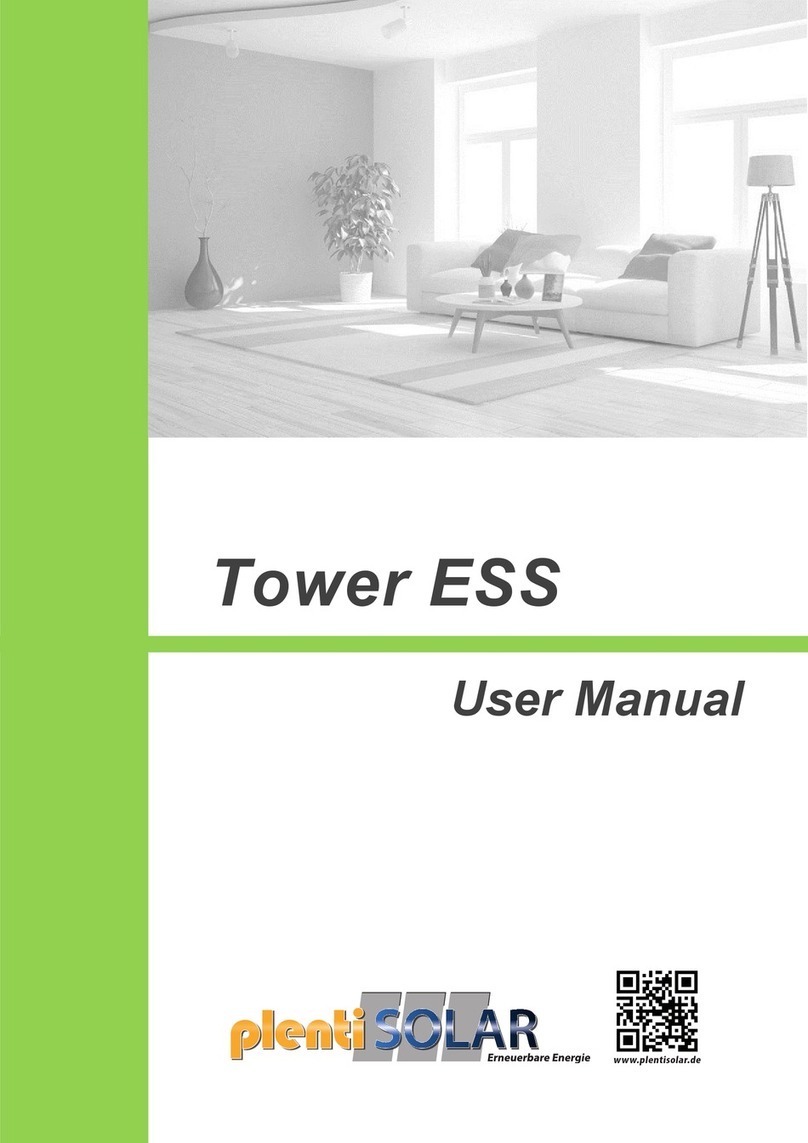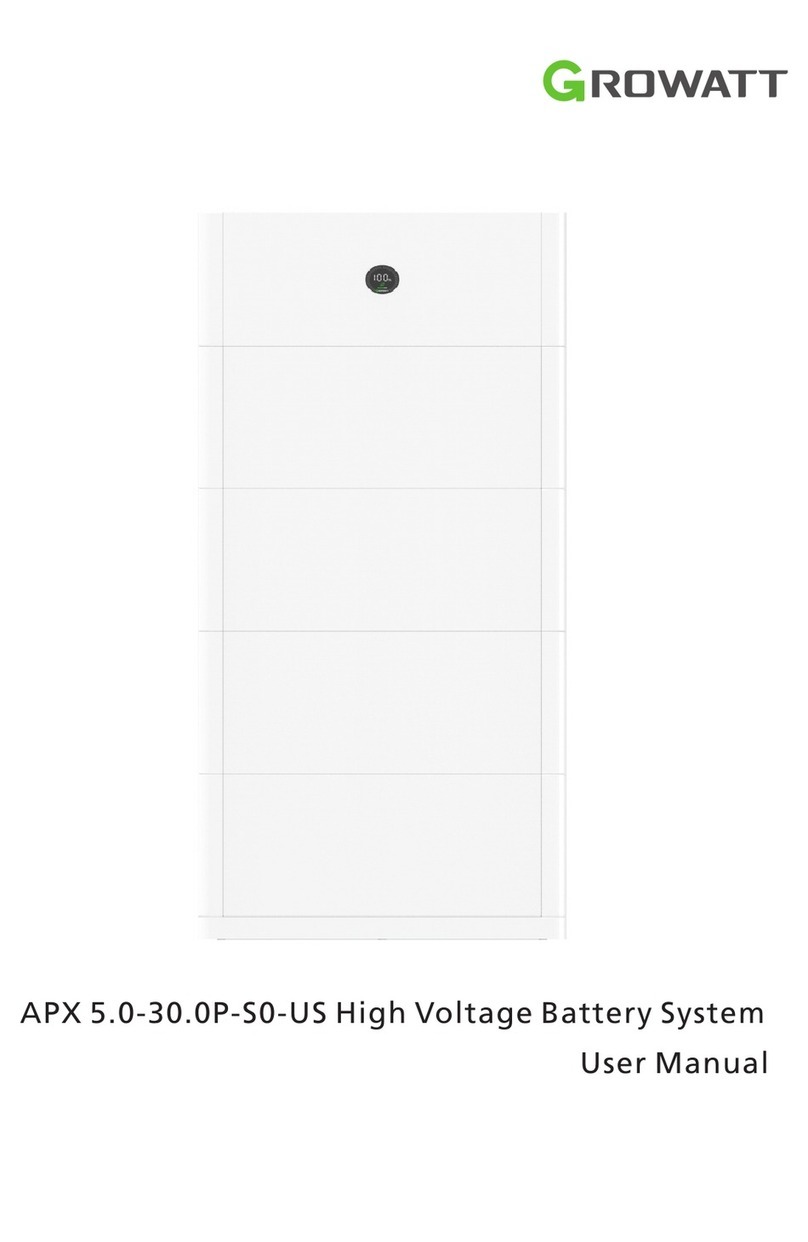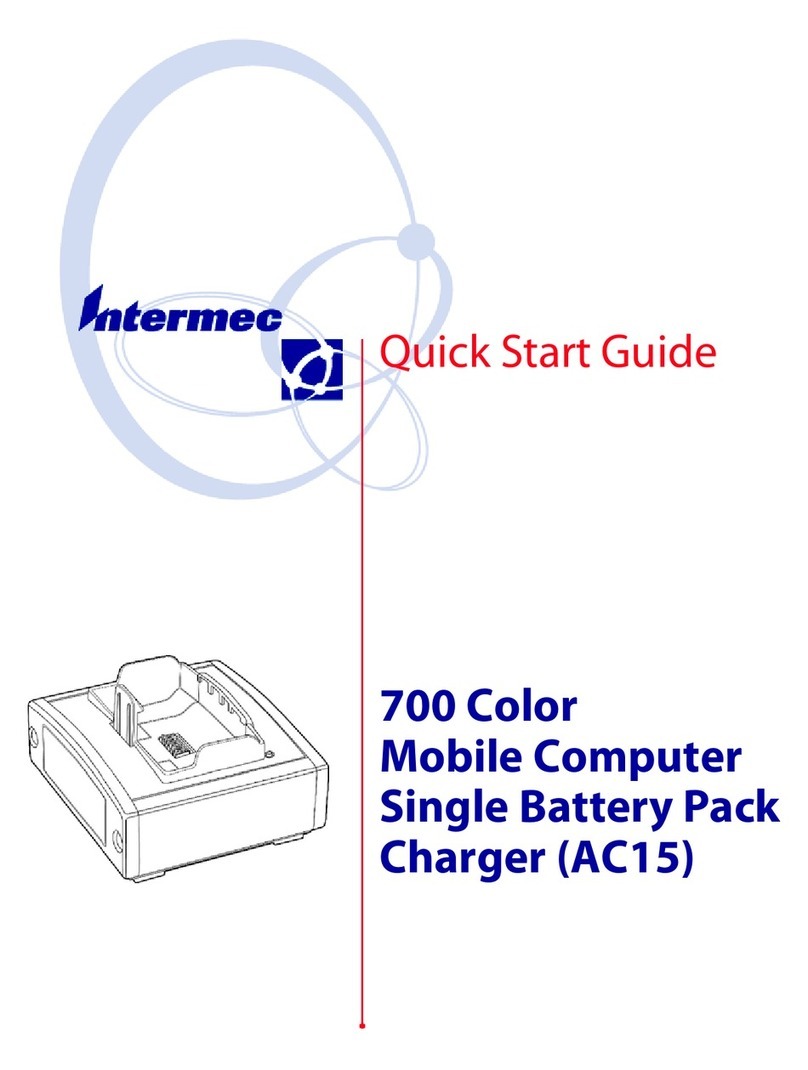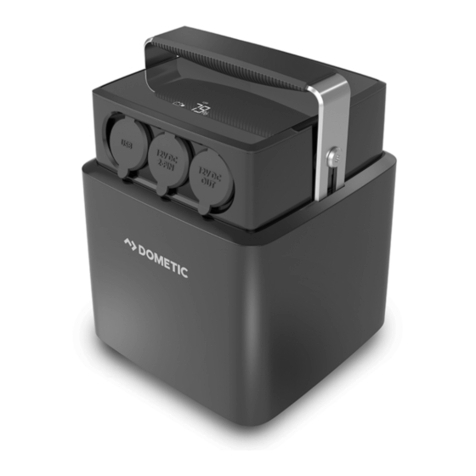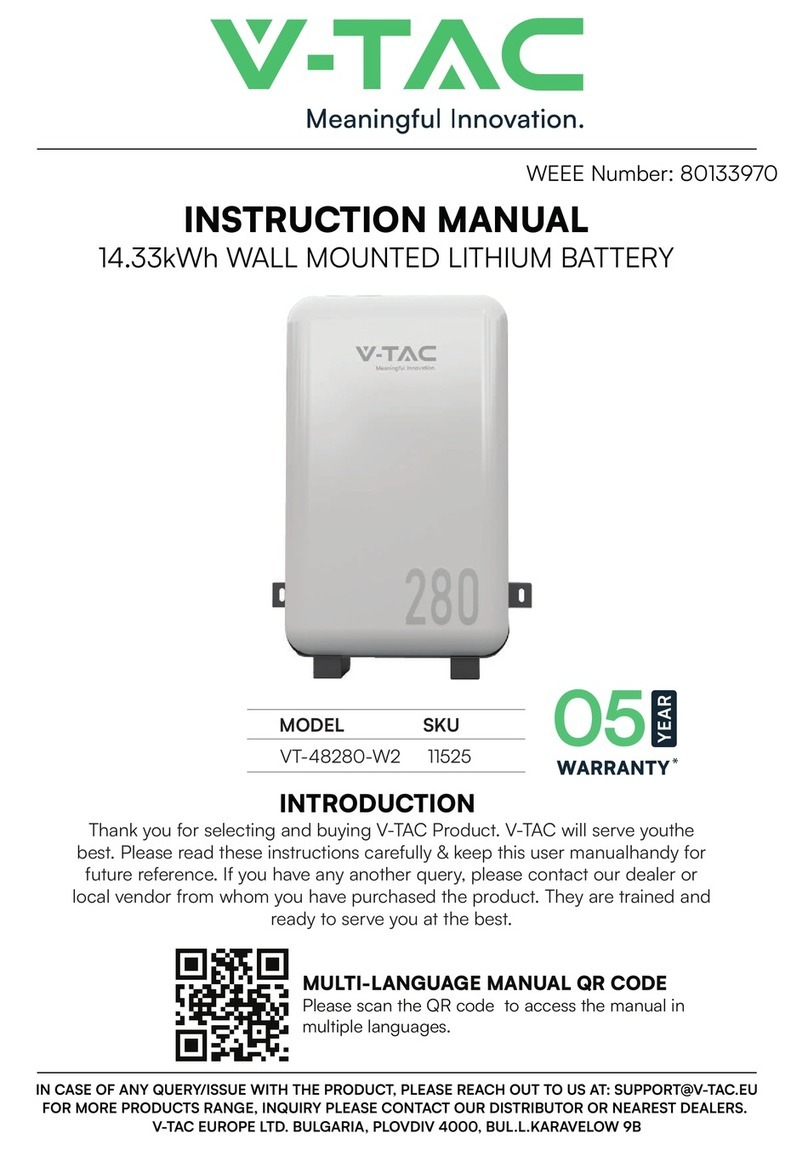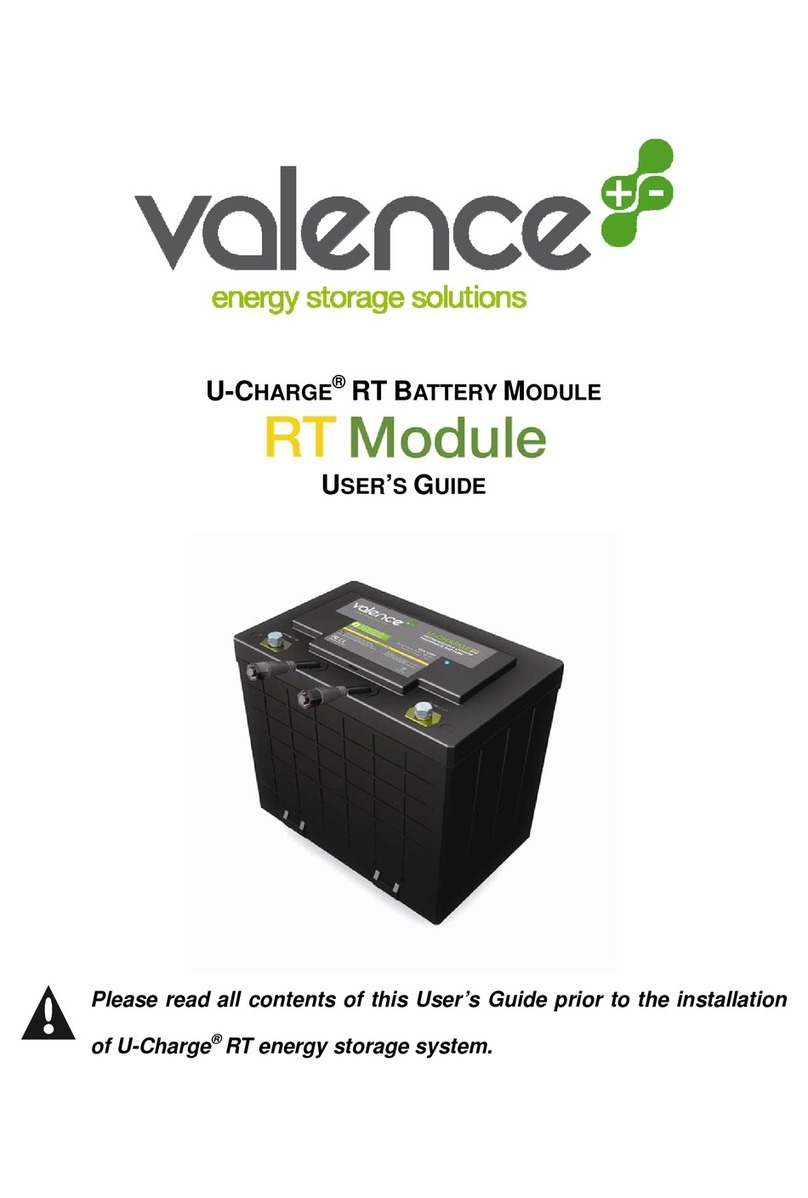
Table of Con tent s
2/ 55
Table of Contents
0Introduction .................................................................................4
1Safety Instructions ......................................................................5
1.1
Explanation of safety symbols in the manual..............................5
1.2
Interpretation of product markings ..............................................6
1.3
Precautions .................................................................................7
2Product Introduction ...................................................................9
2.1
Introduction to residential energy storage battery unit ................9
2.2
Model marking...........................................................................10
2.3
Instruction of energy storage capacity ......................................10
2.4
Dimension and appearance ......................................................12
2.5
LED display instruction..............................................................18
2.6
Product protection function .......................................................19
3Installation .................................................................................20
3.1
Inspection before installation.....................................................20
3.2
Installation tools ........................................................................22
3.3
Installation torques ....................................................................23
3.4
Installation requirements ...........................................................23
Environment requirements....................................................23
Installation method.................................................................24
Installation space....................................................................25
3.5
Installation methods ..................................................................26
Floor installation......................................................................26
Wall-bracket Installation........................................................30
4Electrical Connection................................................................32
4.1
Cable specification ....................................................................32
4.2
Tools and torques......................................................................32
4.3
External wiring ports..................................................................32
4.4
Wiring instructions .....................................................................33
Grounding cable connection.................................................34
Communication line and Power line connection................34
5Trial Operation...........................................................................37
5.1
Installation check.......................................................................37
5.2
Inspection items of cable...........................................................37
5.3
Startup process .........................................................................37
General startup process........................................................38
Black start process.................................................................38
5.4
Shutdown process.....................................................................38

